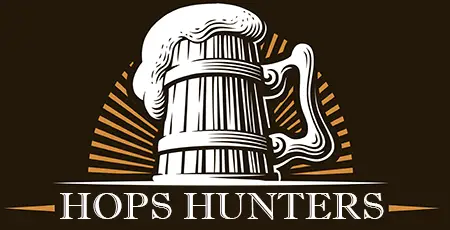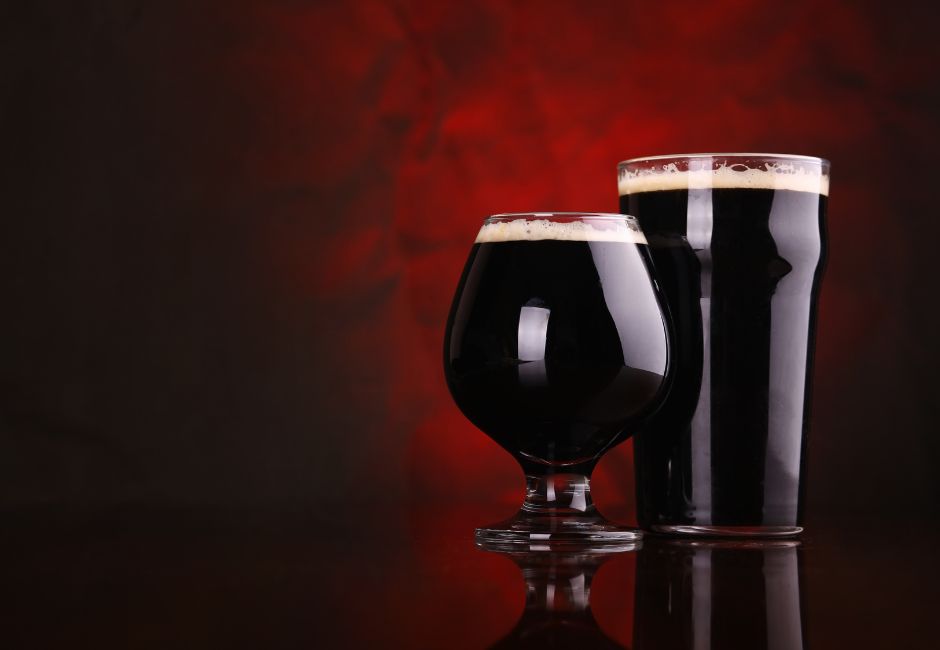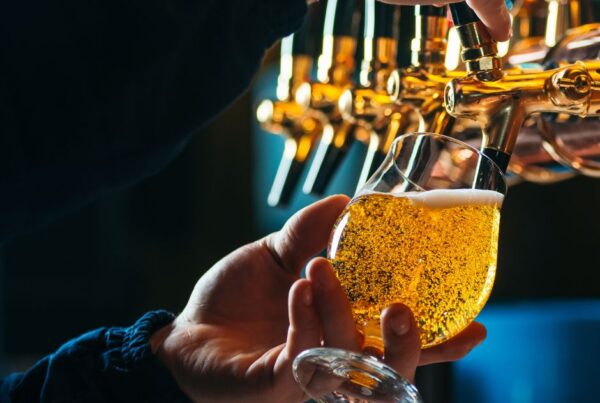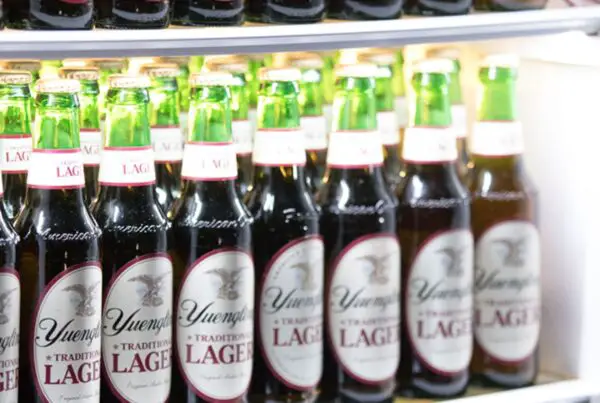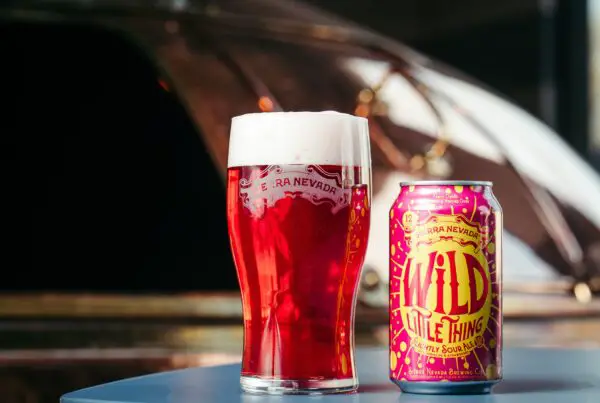What is an Imperial Beer (and What’s an Imperial Stout/IPA)?
For some, the term “imperial” might bring to mind images of grandeur and opulence, Darth Vader, or frugally-priced margarine. However, us beer aficionados have a different association. Here in the beer world, “imperial” is a type of beer that feels big and indulgent.
But what exactly makes a beer imperial?
And what are imperial stouts and IPAs, for that matter?
Find out, as we dive into the big, bold, boozy kingdom of imperial beers.
The Royal History of Imperial Beers
While imperial is commonly tossed around as a synonym for strong or double beers these days, the term has some legit “regal roots.” (And no, I’m not talking about Prince William’s hairline)
The story goes that the first imperial beer was an English stout, crafted for Catherine the Great, Empress of Russia, in the late 18th century. Thus, a term was born—and so too was the mighty Russian Imperial Stout, a stronger and bolder version of its porter ancestors.
Fast forward to the early 21st century, and the term “imperial” has become somewhat ambiguous, and in fact, the majority of imperial beers these days aren’t drunk by monarchs at all. With craft breweries adding their own creative spins, the word now encompasses a plethora of styles, from imperial IPAs, to imperial pilsners, imperial stouts, and even imperial witbiers.
The Art of Brewing Bigger Beers
Essentially, any beer can be “imperialized” to be a stronger and bolder version of its original self. Although this might make some beer traditionalists cringe, you can’t deny that it’s led to some interesting craft brewery creations. (Take the Body Electric Imperial New England Style IPA by Wise Man Brewing, for example.)
The trick to brewing an imperial beer lies in providing an extra dose of grains and hops, which results in higher alcohol by volume (ABV). It’s like hosting a feast for the yeast, with a buffet of fermentable sugars to devour.
The hops come in to balance things out, countering the sweetness with some much-needed bitterness and aroma.
When a brewer gets this delicate dance just right, they craft a bold, full-bodied beer with a noticeable hop bite, fit for a monarch (or at the very least, a regent).
Common Imperial Beer Varieties
- Imperial Stout: A rich, full-bodied beer with a high alcohol content, typically featuring notes of chocolate, coffee, and/or dark fruit.
- Imperial IPA: A hoppy, bold beer with a higher ABV than traditional IPAs, featuring a wide range of lighter flavors.
- Imperial Pilsner: A malt-forward beer with a high ABV, a clean, crisp taste, and a light hop aroma.
- Imperial Brown Ale: A complex, “malty” beer with a higher ABV than traditional brown ales.
- Imperial Red Ale: A stronger, hoppier beer with a higher ABV than normal red ales.
- Imperial Porter: Darker, fuller-bodied beer with a higher ABV than traditional porters. Like imperial stouts, they often have notes of chocolate, coffee, and/or caramel.
Cellaring & Pairing: The Regal Experience
Believe it or not, like a fine wine, hefty brews like these can actually benefit from some time in the cellar. Aging beer can be a risky endeavor, since you’re hoping that the structure and character of the beer will not only stand up, but actually improve… which doesn’t always happen. However, the high ABV of imperials makes them ideal candidates for aging, allowing their bold flavors to mellow and mature.
Pro Tip: You can spend hours researching how to age beer, or you can just store them in a cool, dark, dry space, preferably at a temperature between 50 and 55 degrees Fahrenheit.
When it comes to pairing imperial beers with food, the rule of thumb is to match strength with strength. Rich, strongly flavored foods like beef, bacon-wrapped anything, hearty cheeses, and rich chocolate are perfect companions for these bold beers.
While that may sound like an overwhelmingly rich meal, pairing an imperial beer with delicate flavors will most likely result in the beer completely overshadowing the food.
Imperial: A Term Open to Interpretation
The meaning of “imperial” in the world of beer can vary depending on who you ask. Official guidelines, like those from the World Beer Cup (WBC) and the Great American Beer Fest (GABF), even differ when it comes to defining the starting ABV for imperial beers.
Adding to the confusion is that terms like double, strong, or extra are often used interchangeably with imperial. But for most beer aficionados’ intents and purposes, imperial simply means a bigger, higher alcohol beer.
While imperial beers are a delicious indulgence, their high ABV means they can also pack an unexpected punch. So be sure to enjoy them responsibly, or you might wake up with a royal hangover instead.
